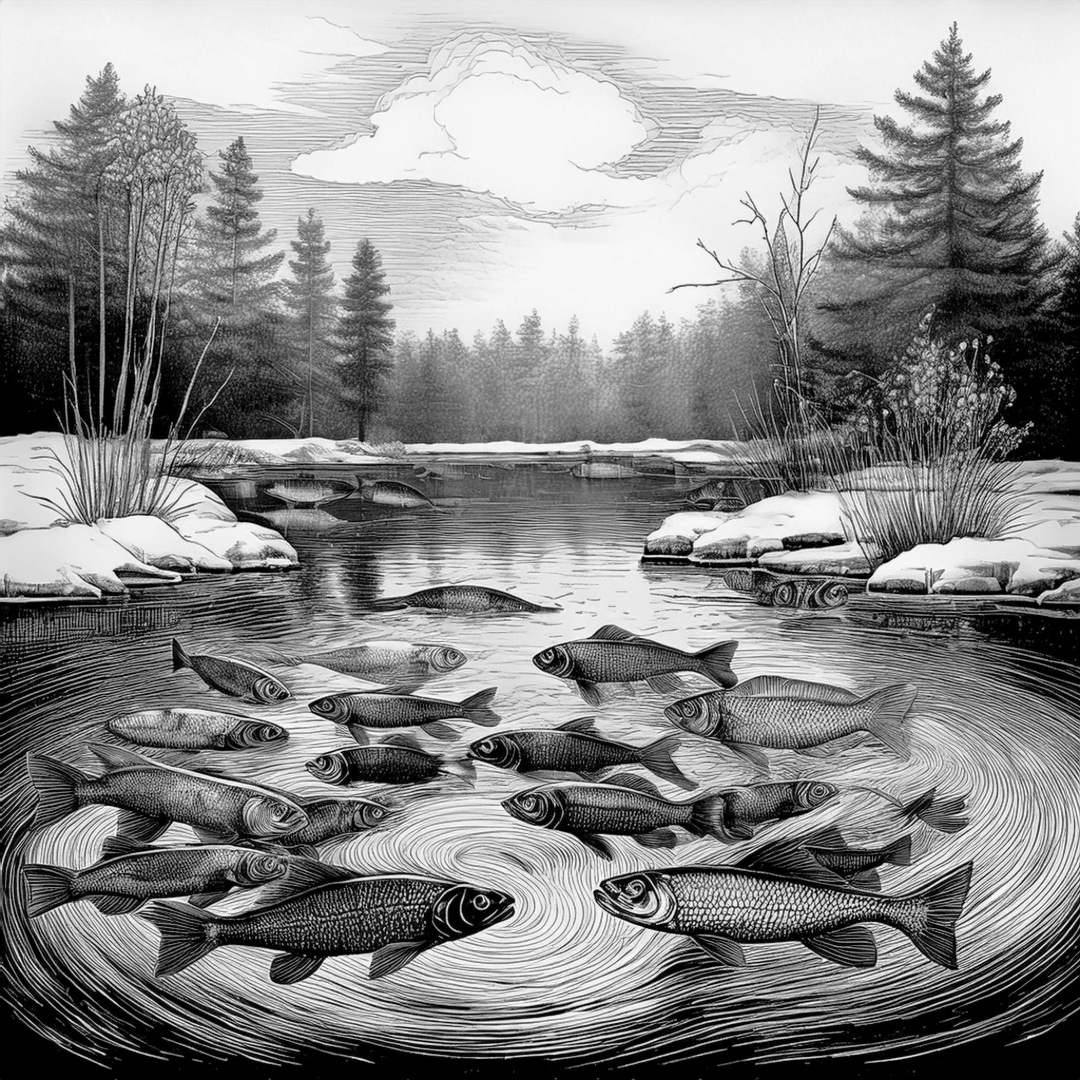GULF SHORES, Ala. — A record-breaking cold snap following a historic snowstorm has left thousands of fish dead along Alabama’s Gulf Coast, a stark reminder of how extreme weather events can disrupt local ecosystems.
The fish kill, primarily affecting mullet, was reported in shallow canals and backwaters across Baldwin County, including Little Lagoon in Gulf Shores. Temperatures plummeted to 7 degrees in some areas, freezing parts of the lagoon and leaving fish unable to survive the prolonged cold. “This was an expected and unavoidable event based on the prolonged period of freezing weather,” said the Alabama Marine Resources Division in a statement.
While fish kills during cold snaps are not unprecedented, the scale of this event has drawn attention. Gulf Shores saw six consecutive days of sub-freezing temperatures, with lows dipping to 16 degrees on Jan. 22. The snowstorm that preceded the freeze blanketed the region, an unusual sight for an area known for its mild winters.
The aftermath is both visible and odorous. Thousands of fish carcasses now line waterways, creating a feast for scavengers like egrets and blue crabs. The city plans to bury the remains in sand dunes to fertilize sea oats.
Experts note that while such events are disruptive locally, they typically don’t harm overall fish populations long-term. However, environmentalists point to climate change as a factor in the increasing frequency and intensity of extreme weather events. Warmer global temperatures can destabilize weather patterns, leading to harsher winters in some regions—a phenomenon scientists call “global weirding.”
For now, residents are left grappling with the immediate effects: unpleasant odors and disrupted ecosystems. But the broader implications of such events may signal deeper changes ahead for Alabama’s coastal communities.

